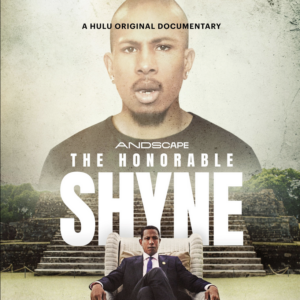
The Honorable Shyne
The Honorable Shyne may not exactly convince us of Shyne’s musical importance, but it unfurls his improbable story with aplomb.

The Honorable Shyne may not exactly convince us of Shyne’s musical importance, but it unfurls his improbable story with aplomb.

Blu’s third album of 2024 revolve around familiar concerns: fulfilling his hip-hop ambitions, and trying to find spiritual sustenance.

Not quite a full autobiography, Rise of a Killah compiles interviews with Ghostface Killah that tend to be impressionistic in details.

A Tale of Two Dirtys strains to show us that the much-missed Wu-Tang star was a compelling artist, not a holy fool.
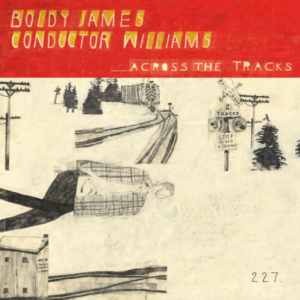
On Across the Tracks, Boldy James illustrates a drug hustler’s lifestyle in colorful language, not thematic exposition or narrative tension.
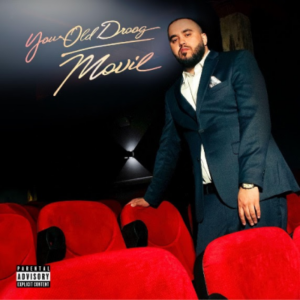
Your Old Droog’s “Movie” isn’t quite a God-tier film, but it’s a solid excursion with quality production and “nutty bars.”

“Nobody Planning to Leave,” a collaboration between ShrapKnel and producer Controller 7 unfolds as a kind of fragmented tapestry.
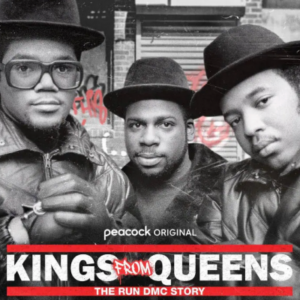
Kings from Queens: The Run DMC Story gives testimony about a history that most fans of a certain age will know by heart.
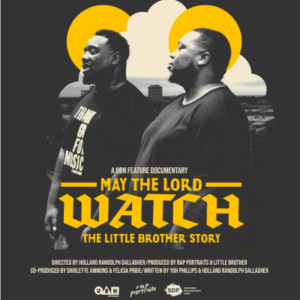
May the Lord Watch: The Little Brother Story substitutes lengthy, single-camera interviews for a compelling, dynamic film.
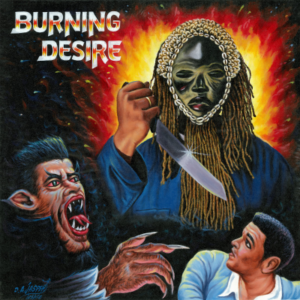
While defined by minute-long nibbles and familiar tics, MIKE’s Burning Desire has its share of buttery beats and standout bars.
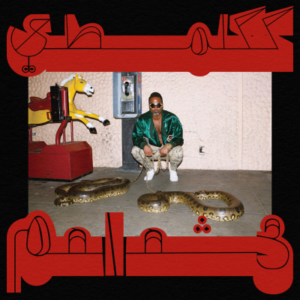
On Robed in Rareness, the Seattle rapper and bandleader Shabazz Palaces weds electronic funk with younger prospects of varying experience.

And Then You Pray for Me yields another hour of Griselda street heroics by toggling between “drumless” boom-bap and punch-drunk trap beats.